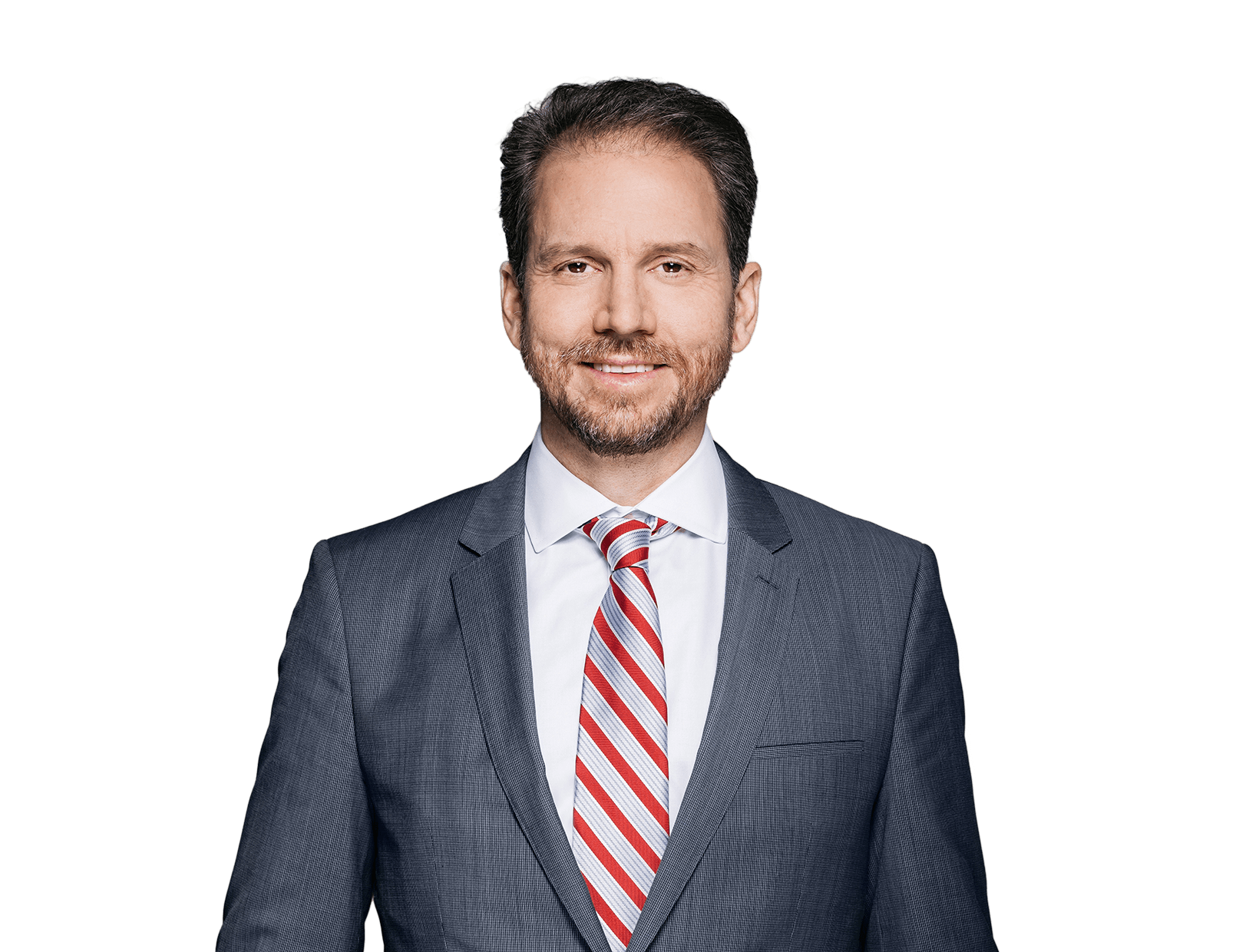Blog
Opt-Out from the UPC
Fish & Richardson
Authors
-
- Name
- Person title
- Principal

-
- Name
- Person title
- Principal

-
- Name
- Person title
- Of Counsel

One of the objectives of the Unified Patent Court (UPC) Agreement was to establish a single court system for all litigation involving a European Patent in the participating states. However, Article 83 of the UPC provides a transitional period during which patent owners will be able to “opt-out” of the UPC with respect to conventional European Patents, but not with respect to a Unitary Patent (UP). A party who opts-out for a patent may later opt-in (i.e., withdraw the “opt-out”), but may not thereafter opt-out again. There will be no official fee to opt-out or opt-in, contrary to an earlier proposal. The transitional period will be seven years; however, the UPC Administrative Committee may extend that period up to an additional seven years.
Patent applicants who wish to avoid the UPC after the transitional period might consider filing national patent applications rather than European applications and or a divisional application to obtain similar Unitary and conventional European Patents.
Patent Courts for Classic European Patents in the Transitional Period and the “Brussels Regulation”
In order to understand UPC “competence” (jurisdiction) and the opt-out option, we provide the following brief summary of the options available for patent infringement and validity litigation in the EU states participating in the UPC during the transitional period, when both the UPC and national courts will be competent to handle such litigation for conventional European Patents. (The UPC will have exclusive competence for Unitary Patent infringement and revocation litigation at all times).
Prior to the Unitary Patent and the UPC, the EPO granted European Patents, which the owner validated in one or more EPO member states. Each validation of the European Patent confers the same legal rights and is subject to the same conditions as national patents granted by the respective national patent office in the respective validation state. That arrangement continues after the advent of the Unitary Patent as an alternative to the Unitary Patent and, when the European Patent is registered as a Unitary Patent, for those states not participating in the Unitary Patent.
Prior to the UPC, all patent infringement and validity litigation took place in national courts. After the UPC starts, it will be an alternative to the national courts for conventional European Patents during the transitional period and will have exclusive jurisdiction for all European Patents thereafter, except as provided by the opt-out provisions in Article 83 (Transitional regime) of the UPC Agreement.
In the EU, the rules governing international and cross-border jurisdiction in civil and commercial matters were first harmonized by the Brussels Convention on jurisdiction and the enforcement of judgments in civil and commercial matters, which was later replaced by a regulation, referred to as the Brussels regulation. The current version is Regulation (EU) No 1215/2012, as amended by Regulation (EU) No. 542/2014 to add specific provisions to include the Unified Patent Court (UPC) and the Benelux Court of Justice in substantially the same way as national courts.
Briefly, the Brussels regulation and court interpretations prevent two courts in the EU from taking jurisdiction over the “same cause of action,” involving the same patent and parties. Note that infringement and revocation proceedings are not considered the “same cause of action.”
The Brussels Regulation provides for both general jurisdiction and special jurisdiction in patent infringement cases. The courts in the defendant’s country of domicile have general jurisdiction. As a result, they can hear and determine disputes concerning patent infringements in all countries and can award all remedies, including injunctions and damages.
The most important ground of special jurisdiction under the Brussels Regulation is a place where the harmful event occurred. Special jurisdiction may also apply in cases involving multiple defendants and close connection of parties, disputes arising out of the operation of a branch, subsidiary or other establishment, and counterclaims.
The Court of Justice of the European Union (“CJEU”) has distinguished between harmful events at the place where the damage occurred (“place of damage”) and at the place where the event giving rise to the damage occurred (“place of action”). Courts at the place where damage occurs have jurisdiction only with respect to harm caused in that state. According to the prevailing, but not undisputed, view among academic authors, the courts in the state which is the “place of action” have jurisdiction to deal with all the consequences of a patent infringer’s acts there, including consequences in other states.
Until now, patent revocation proceedings could only be brought in the courts of the state which granted or validated the patent. When the UPC Agreement takes effect, conventional European patents can be revoked for all participating states in a single UPC proceeding (central attack), unless the patent owner has opted-out of the UPC for that patent. The UPC Agreement limits the filing of a revocation action to its Central Division, protecting the patent from an attack being started in a local or regional division. Counterclaims for revocation, however, can be filed in infringement proceedings initiated in any of the central, local or regional divisions, but revocation counterclaims may be transferred to the Central Division.
The Opt-Out Procedure
Articles 10 and 83 UPC Agreement, and Articles 22-24 of the annexed Statute, provide that the UPC will maintain a Registry. Owners of conventional European Patents, both those now in force and those validated in the future, will be able to file opt-out requests with the Registry. Once an opt-out statement is filed, the UPC will not have jurisdiction over the patent, and it can only be enforced and attacked through national procedures. Article 83 also permits the owner(s) of European Patent to later withdraw its opt-out (i.e. opt-in), as discussed further below.
Pursuant to the Protocol on Provisional Application of the UPC Agreement, patent owners will be able to file opt-out demands within a Sunrise Period of approximately three to four months before the UPC opens. That could avoid the possibility of an invalidation or noninfringement proceeding being filed in the UPC before the patent owner can opt-out. (The earlier proposal that the UPC would delegate to the EPO the task of maintaining the opt-out registry has been cancelled).
Therefore, generally, in order to opt-out of the UPC:
- Owners of European Patents granted before the UP system starts will file an opt-out request at the UPC; and
- Owners of European Patent applications who receive a mention of grant issued by the EPO during the Sunrise Period or after the Start Date will need to validate the EP as national patents (not as a UP), and file an opt-out request at the UPC.
Prompt filing could avoid the possibility of an invalidation or noninfringement proceeding being filed in the UPC before the patent owner can opt-out.
It will be possible to withdraw a UPC opt-out request (“opt-in”) after opting out. Therefore, some persons have suggested a tactic of opting out as soon as practical and then—if the patent owner wishes to enforce a conventional EP in the UPC—opt-in immediately before filing a Complaint. However, that procedure would only offer a head start and forum selection advantage. Once an infringement action is filed in the UPC, the defendant can raise invalidity and noninfringement defenses and counterclaims in that court.
Potential Effects of Article 83
Some potential effects of Article 83, providing for opt-out during the transitional period, have been under discussion in interested groups starting in 2013. The two principal questions have been:
- Will an opt-out be effective only for the transitional period or continues for the life of the patent? The majority opinion has been that opt-out for the life of the patent is intended. That opinion has been adopted in the FAQ part of the Preparatory Committee’s website; however, that FAQ response is not binding. An alternative view is based on the fact that the opt-out is a part of transitional provisions and, therefore, should only have effect in the transitional period. The issue will have to be resolved by the courts. (Seethe article “Will a UPC opt-out survive the transitional period?” here.)
- What law should be applied in national courts in cases involving a patent opted-out from the UPC? Should those courts apply the law specified for application by the UPC in the UPC Agreement? Should the UPC and national courts apply the same substantive law and, if so, which provisions are substantive and which are procedural?
On 29 January 2014, the UPC Preparatory Committee issued an Interpretative Note on “Consequences of the application of Article 83 UPC Agreement.” It reached the conclusion that if an opt-out is in effect “(or, if during the transitional period the case is brought before a national court), the [UPC] Agreement no longer applies to the application for a European patent, the European patent or the Supplementary Protection Certificate concerned. As a consequence the competent national court would have to apply the applicable national law.” That Note, however, is not binding and there is considerable disagreement among commentators about its conclusion. Some commentators are urging harmonization of national laws with the UPC Agreement. Probably, we will simply have to wait and see how these issues are decided.
Deciding Whether or Not to Opt-Out
There are a number of factors to be considered in deciding whether or not to register European Patents as Unitary Patents, and whether or not to opt-out of the UPC for conventional European Patents. Some of the principal factors now under discussion, including a cost-benefit analysis, and fears of poor quality judges, unfamiliar rules and procedures and central attack are discussed below, in our Questions Patent Owners May Ask Themselves Regarding Opt-Out webpage here.
Costs
In order to opt-out of the UPC after the UP system comes into effect, the patent owner will have to give up some of the advantages of a Unitary Patent. In particular, the owner will have to give up the ability to obtain patent protection for 17 or more participating states at a lower cost and with less maintenance complications than would be possible for a smaller number of those states using the conventional route of validation as national patents. Of course, as discussed on our Costs page, many owners do not pay for broad territorial coverage now and may continue that practice in the future.
Judges
During the negotiations leading to the UPC Agreement, fears were expressed concerning the quality of judges, especially judges from smaller states who may have little patent litigation experience.
That type of fear is not new. We heard similar expressions of fear about EPO and the European Trade Mark Office examiners before those offices opened, but the high quality in those offices quickly became apparent and those fears faded away.
The UPC drafters were very much aware of the need to have quality, experienced judges on the UPC from the very beginning. As a result, the UPC system practically guarantees high quality judges. Judicial panels in the local and regional divisions in smaller states will only have one local judge. A judicial training center is being established. But most importantly, for several reasons, the UPC is attracting highly qualified persons to be judges. Over 1000 persons have applied for approximately 95 positions as a legally or technically qualified judge. Perhaps the first reason is the prestige of being an EU judge. Also, the UPC judges’ salaries will be significantly higher than those of most national judges. At least in the beginning, many UPC judges will work in the UPC on a part-time basis, and can continue to work the rest of the time in a National court.
Unfamiliar Rules & Procedures
At least some of the fears concerning lack of familiarity with the UPC rules and procedures are analogous to the fears concerning judges. In the beginning, judges and professional representatives (patent attorneys) will have to learn new rules and procedures. It may be harder for a professional representative to advise concerning the UPC rules and procedures as compared with advising about those of his or her national court. However, that problem is no more difficult than that of comparing EU national court rules and procedures today, and many professionals will very quickly develop UPC expertise.
From a patent owner’s perspective, the ability to focus on a single set of rules and procedures in the UPC is likely to prove advantageous. An analogous example is trademark litigation in the United States. Although both the federal and state courts have subject matter jurisdiction over trademark litigation, most of that litigation is in the federal courts, where the same, basic federal rules of procedure and evidence are applicable in all districts.
As noted above, in the discussion of Potential Effects of Article 83, there are also questions of what law will be applied by the national courts in cases involving opted-out European patents, which may take some time to resolve.
Central Attack
The possibility of “Central Attack,” a single proceeding in which a patent can be attacked for multiple jurisdictions, is always raised when transnational IP proceedings are proposed. The UPC Agreement’s requirement that revocation actions be filed in its Central Division minimizes the risk of revocation by less experienced judges. The transitional UPC opt-out procedure is a way of avoiding Central Attacks on conventional European Patents, except for the possibility of an opposition in the EPO during the nine months following grant of the European Patent.
Objections based on the potential for “Central Attack” are not new. Similar objections were raised before the EPO and European Trade Mark Office were established; however, those objections have had little effect in deterring use of those offices.
As a practical matter, harmonization of IP laws in the EU and increasing communication between European IP judges have reduced the likelihood of different results with respect to the same European Patent in different EU states.
For further discussion, see Questions Patent Owners May Ask Themselves Regarding Opt-Out here.
Updated 18 July 2022.
The opinions expressed are those of the authors on the date noted above and do not necessarily reflect the views of Fish & Richardson P.C., any other of its lawyers, its clients, or any of its or their respective affiliates. This post is for general information purposes only and is not intended to be and should not be taken as legal advice. No attorney-client relationship is formed.